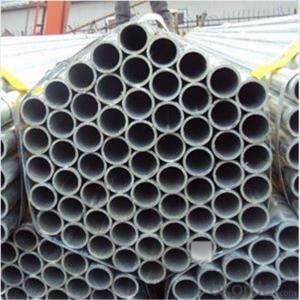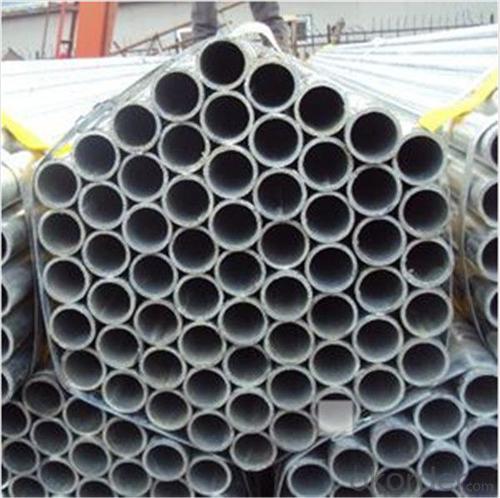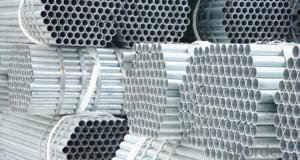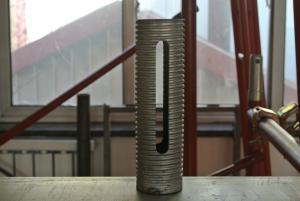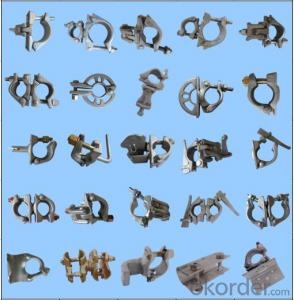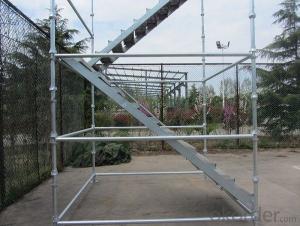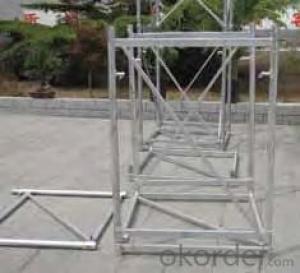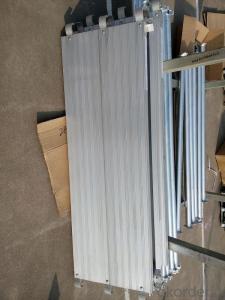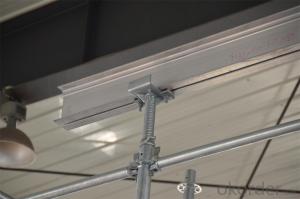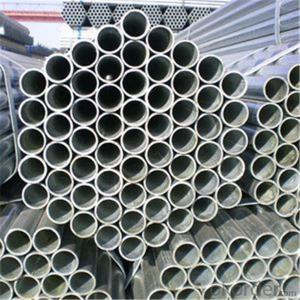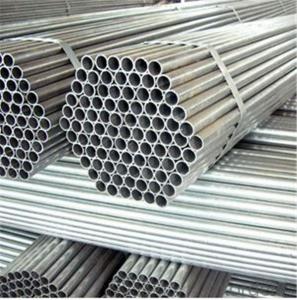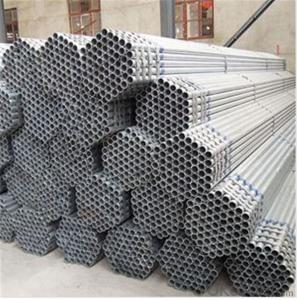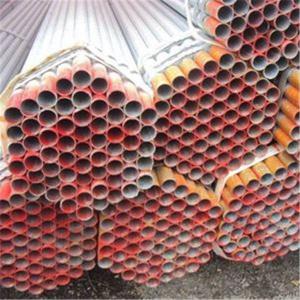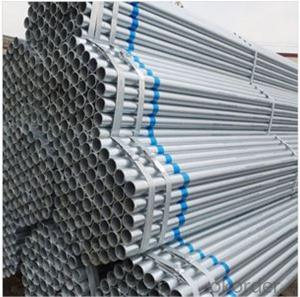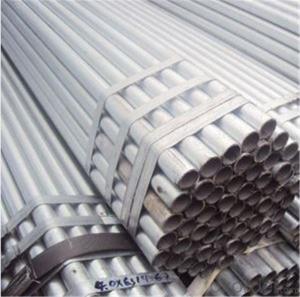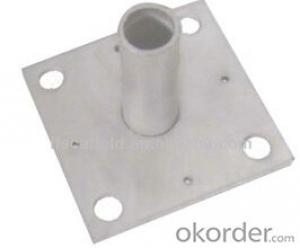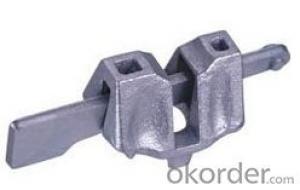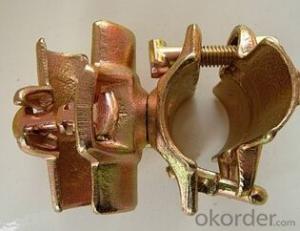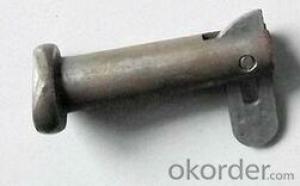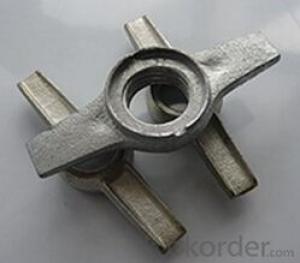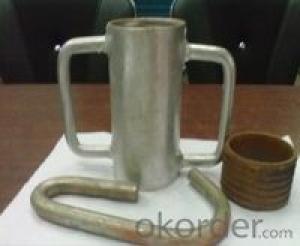Galvanized Scaffolding Tube 48.3*4.0 Q235B Steel Standard EN39/BS1139 for Sale CNBM
- Loading Port:
- Tianjin
- Payment Terms:
- TT OR LC
- Min Order Qty:
- 50 m.t.
- Supply Capability:
- 30000 m.t./month
OKorder Service Pledge
OKorder Financial Service
You Might Also Like
Quick Details of Galvanized Scaffolding Tube 48.3*4.0mm Q235B Steel EN39/BS1139
Material :Q235B/Q345B
Size : 48.3*4.0mm
Surface treatment :Black/Painted/Galvanized
Standard:EN39/BS1139
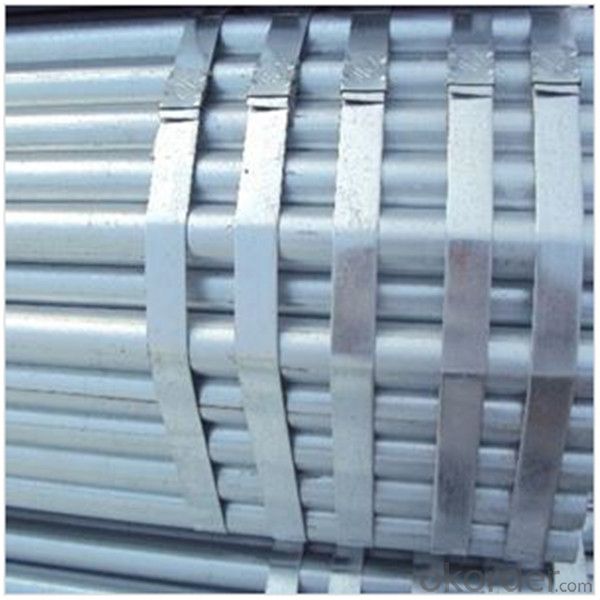
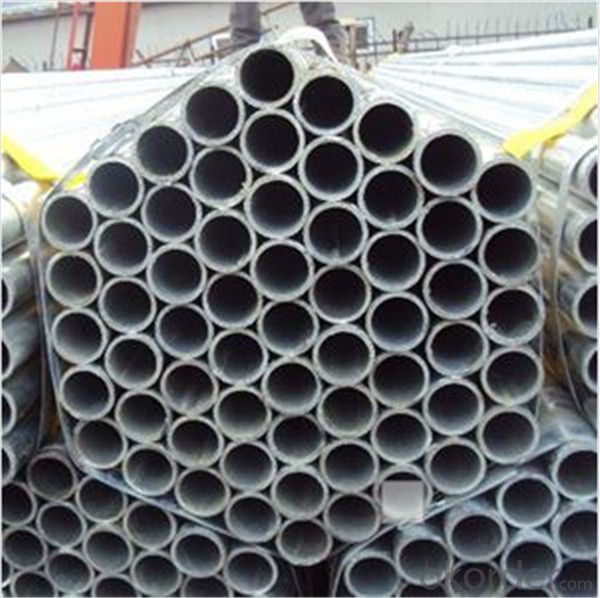
Futures of Galvanized Scaffolding Tube 48.3*4.0mm Q235B Steel EN39/BS1139
Scaffolding tubes performance various functions in building & construction applications.
Especially recommended for high-floor construction & decoration projects with potential safety hazard, but requiring a convenient & safe decoration & construction operation with safeguard & perimeter safety nets.
Q235 material & hot dip galvanized aluminum processing
Superior anti-corrosion & performance
Durable & 15+ years lifespan
Safe & Economical & Eco-friendly steel tube
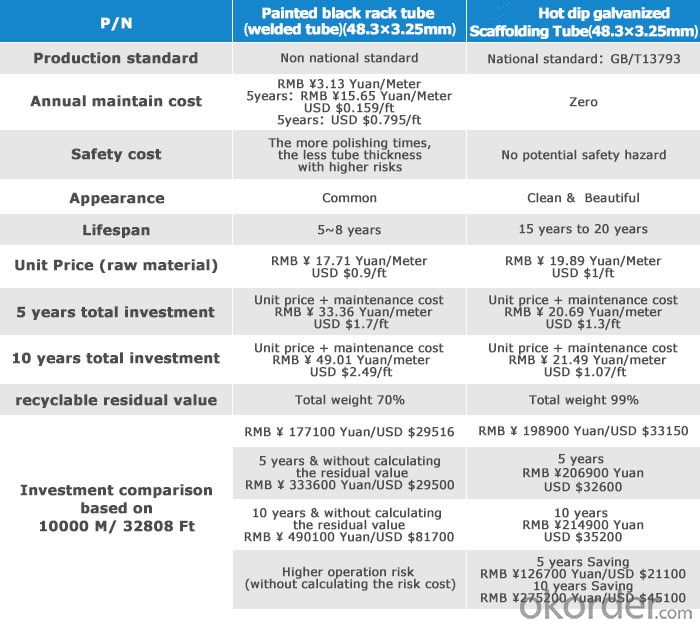
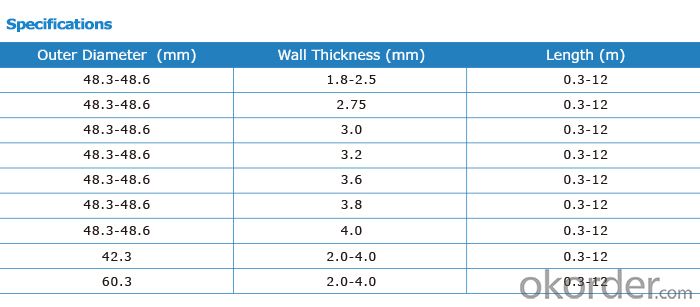
FAQ
1. What is considerations of Scaffolding installation?
There must be a fire protection measures and specialist care, safety personnel patrol inspection when electricity, gas welding work on the scaffold,
(1) scaffold frontage hurtful to prevent falling objects protection is required.
(2) During take down the scaffolding, fencing and warning signs should be set up on the ground, prohibit others person besides the operator
2.What are the certifications of your products?
Certified by SGS, BS1139, EN74, Local Test Report.
3. How long is the warranty period for your product?
Our products warranty is 2 years.
- Q: What are the general specifications of bowl buckle scaffold?
- 2, of course, scaffolding to the new is better than the quality of steel is much improved with the old, regular use can generally be used for about 10 years, abandoning the bolt connection. Component jingpengnaike. Even if the corrosion does not affect the spelling and use. This does not require special maintenance and maintenance. Fastener type steel pipe scaffolding in general about 3 years on the need for screws and other operations. So I think it is convenient to bowl buckle scaffold. 3, disassembly more secure, more convenient, better performance than traditional fastener type steel pipe scaffolding.
- Q: What are the requirements for the construction of the scaffold eye in the building?
- SelectionThe project uses 48 mm, 3.5mm wall thickness steel pipe and the corresponding fasteners, dense mesh safety net, big eyes, etc.. Among them, the specification of the steel pipe is from 0.5m to 6m, and the fastener mainly has a rotating shaft, a cross and a joint fastener. Bowl buckle scaffold also uses Phi 48, 3.5 wall thickness of steel pipe and the corresponding fasteners, mainly with 1 x 1.0m, 1.2 x 1.2m, 1.5 x 1.5m and other specifications. Foot board mainly 2M and 3M two.
- Q: i had it done 2/3 months ago, it was fine at first but now on each end i have two lumps on my ear:S there relitavely smal...the size of like a really tiny pea.there really painfull and sore and quite red and sometimes they scab over with yellowy crust [yes i know sounds disguisting]im just a bit worried that its gone all weird or are these normal? am i cleaning it right?
- I had the same situation occur when I got my scaffold/industrial done. I wouldn't be too concerned. The lumps are called hypertrophic scars, and supposedly they are pretty common and are caused by overcleaning, harsh products, or (as I think was my case) general irritation from the jewelry moving repeatedly back and forth through the piercing or being bumped around or rubbed/touched. Mine lasted quite a long time. Try leaving your piercing alone for a couple of days. Then salt water solutions or compresses are supposed to help the lumps to heal, and I also used tea tree oil and neosporine intermittently. Hot compresses like a heated washcloth applied to the area help to reduce the lumps, as well. Sometimes it's recommended to try another type of jewelry, like titanium, or switch temporarily to two separate bars. You might also try finding a really gentle cleanser/soap. I just kept my original piercing, using the above techniques off and on, and after months of the lumps remaining red and sore, they just went away totally. Just keep your eye out for any pussing (hypertrophic scars ooze, but they don't usually pus), increased swelling, and the area feeling very hot- these are signs of infectiona nd you should see your doc right away. Good luck! :)
- Q: hi guys i got my scaffold piercing a couple of days ago and it keeps bleeding on and off and there was dry blood but i removed it and its bleeding more what could i do step by step to keep total care of my piercing to get rid of all these problem please help it will really be appreciated
- leave the dry blood let it heal be patient
- Q: Which kind of scaffolding is the most convenient and time-saving?
- 3, low cost (can speed up the construction schedule, shorten the construction period), large spatial scaffolding in the same condition, the new building quick dismantling scaffold material ratio of bowl type multifunctional scaffold, the same specifications of single member weight than the bowl type multifunctional scaffolding light.
- Q: According to the standard set up double scaffolding scaffolding to the number of meters per square meter
- This is not necessarily the type you want to see the scaffold (open / closed) and set the height of the local wind.
- Q: For indoor use of mobile scaffolding safety construction plan! Four support points with four pulleys with brake!The construction scheme of scaffolding safety belt for indoor high Jiqiu braking pulley, for about 12 meters of buildings, indoor emergency please heroes!
- Wall point setWhen the height is not less than 6.0m, you must set the uniform distribution of wall, its setting should meet the following requirements:Door type steel pipe scaffold: when height is less than or equal to 20m, less than 50m2 of a wall, and even the vertical spacing wall point should be less than or equal to 6m; when the frame of high >20m, not less than 30 M2 a point, and even the vertical spacing wall point should be less than 4m.The other floor (or bottom bracket) scaffolding frame: when high than 20m, a point of not less than 40m2, and even the vertical spacing wall point should be less than or equal to 6m; when the high frame >20m, a point of not less than 30m2, and even the vertical spacing wall point should be less than 4m.The free height of the upper wall of the scaffold is not more than 6m.
- Q: I sincerely ask you to help me, door scaffolding, build 30 meters high, without any reinforcement points of the construction program. Thanks, high marks!
- This specification is applicable to the design, construction and use of the floor (bottom) door type steel pipe scaffold used in industrial and civil construction. The door type steel pipe scaffold for other purposes (such as chimneys, water towers, etc.) can be carried out in accordance with the principles of this specification.
- Q: What are scaffold spanners used for?
- Ratchet Podger Spanners...Aluminium Scaff Spanners Spanners are wide wrenches that are made from durable metals. Spanners are made specifically for scaffolding and are designed to fit into the tool belt nicely. Spanners are very useful for a number of jobs and are often used along with other scaffold tools on a safety lanyard to prevent dropping the tool to the street below. Spanners work the same as traditional wrenches but like many scaffolding tools are made with a hole in the end of the wrench for the safety strap to be inserted through. Stainless steel and aluminum are the most commonly used metals for spanners to ensure durability even if the item is dropped from high.
- Q: how long should i leave it before i change it, should i do it myself or go to the piercer to they can do it?and is it still normal for the pericing to hurt after quite a while of having it done?
- Hi :) You can change it after 4 months usually But sometimes it can take up to a year It depends on the person , everybody's body heals differently You should go back to your piercer and ask if it's healed enough to change the jewellery Yep , it's normal A scaffold piercing goes through the cartilage and cartilage piercings can take up to a year to fully heal :)
Send your message to us
Galvanized Scaffolding Tube 48.3*4.0 Q235B Steel Standard EN39/BS1139 for Sale CNBM
- Loading Port:
- Tianjin
- Payment Terms:
- TT OR LC
- Min Order Qty:
- 50 m.t.
- Supply Capability:
- 30000 m.t./month
OKorder Service Pledge
OKorder Financial Service
Similar products
Hot products
Hot Searches
Related keywords
